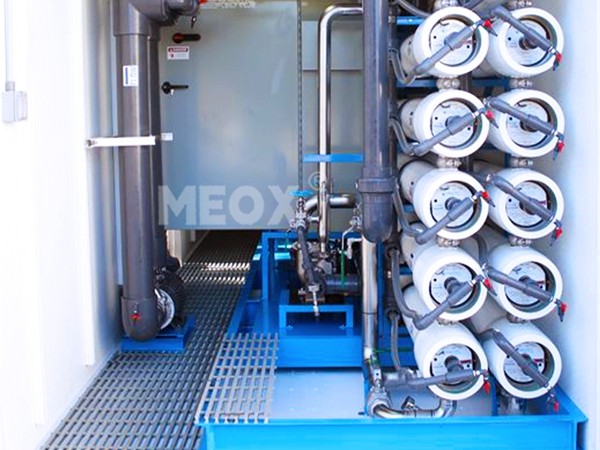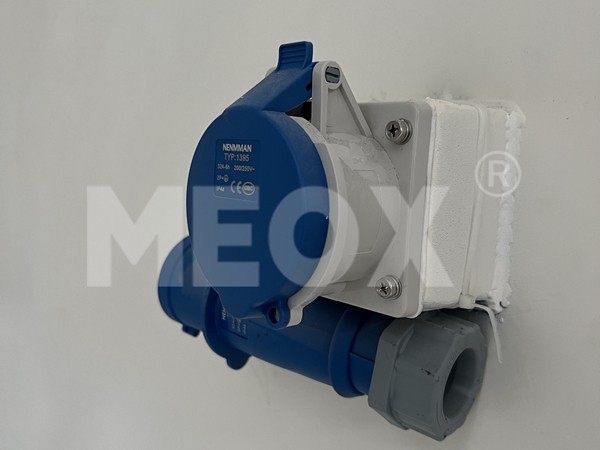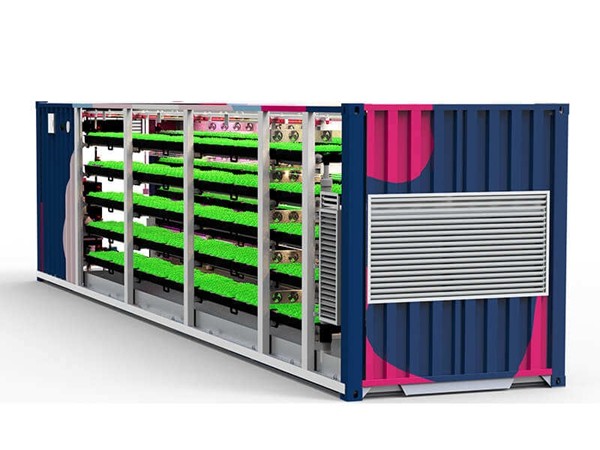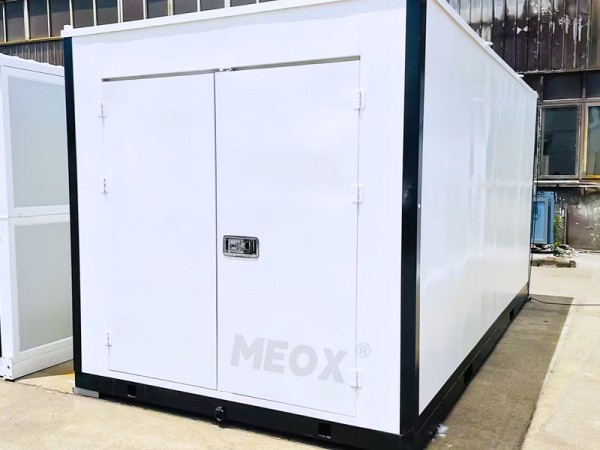Containers have transformed the construction industry, offering a versatile solution that meets the demands of modern building practices. Their robust nature, flexibility, and cost-effectiveness make them an appealing choice for construction projects of all sizes. The strategic use of containers can revolutionize how construction sites are managed, bringing benefits that traditional materials simply cannot match.

Firstly, the durability of containers makes them ideal for construction uses. Built to withstand harsh weather conditions at sea, these metal giants are naturally resistant to elements such as wind, rain, and even seismic activity. This robustness ensures longevity in construction applications, reducing the frequency and cost of repairs. A construction site can leverage these properties by using containers not only for storage but also as temporary offices, workshops, or even housing for staff, maintaining structural integrity over extended periods.
Moreover, the adaptability of containers is unmatched. They can be stacked or arranged in a variety of configurations to accommodate the specific needs of a project. This modular capability means that containers can be transformed into multi-story structures with minimal alterations. Interior spaces can be reconfigured to serve different functions as project needs evolve. Adaptability ensures that as the construction site expands or changes, the infrastructure can adjust appropriately without significant additional investment.

The cost-effectiveness of using containers in construction cannot be overstated. Considering the investment in traditional building materials and the labor required for erecting conventional structures, containers offer a more economical alternative. Purchasing retired containers is often less expensive and can significantly cut initial costs. Additionally, they can be deployed quickly since they require less on-site fabrication. This speed translates to lower labor costs and shorter project timelines, allowing quicker project turnarounds and faster client satisfaction.
Containers also serve as an environmentally friendly option for the construction sector. Repurposing these units reduces waste, contributing to a project’s sustainability goals. In an industry that is increasingly pressured by environmental regulations and sustainability expectations, using containers aligns with eco-friendly practices. Their steel construction is recyclable, and many companies offer services that further minimize their environmental footprint. Choosing containers can elevate a construction company’s reputation, positioning it as an environmental leader.containers for construction
The scalability offered by containers supports projects of diverse scales, from small renovations to large commercial developments. For smaller projects, a single container can function as a tool shed or command center. In contrast, larger projects might employ entire communities of containers for various purposes, from storage to dormitories. This scalability makes containers an asset throughout different stages of construction, providing consistent utility as requirements change.
Security is a paramount consideration on any construction site, and containers provide a reliable solution. They are constructed of heavy-duty steel, which offers superior protection against theft and vandalism. Their robust locking mechanisms and tamper-resistant features safeguard valuable equipment and materials. Using containers also consolidates storage, making it easier to monitor and manage access. This bolstered security brings peace of mind to project managers, knowing that assets are protected around the clock.
Moreover, containers can serve specialized applications within construction projects. With customization, they can be insulated and fitted with amenities such as lighting, HVAC systems, and plumbing, enabling their use as comfortable office spaces or residential units. Their use is not limited to mere site facilities; they can also be part of the project’s final product, such as in innovative architectural designs that use containers as building blocks.
In light of expertise, integrating containers in construction involves understanding regulatory standards, structural modifications, and site-specific challenges. Partnering with experienced professionals in container conversion ensures compliance and optimized performance. By aligning with industry authorities and standards, the use of containers on construction sites can become synonymous with innovation and dependability.
The use of containers in construction is a testament to human ingenuity, turning once-static elements of trade into dynamic solutions for modern challenges. Their adoption signals a forward-thinking approach that blends practicality with sophistication. As the construction industry continues to evolve, containers remain at the forefront, offering unmatched durability, versatility, and sustainability. Investing in container solutions is not just about meeting today’s demands but about setting the foundation for tomorrow’s innovative construction landscapes.






